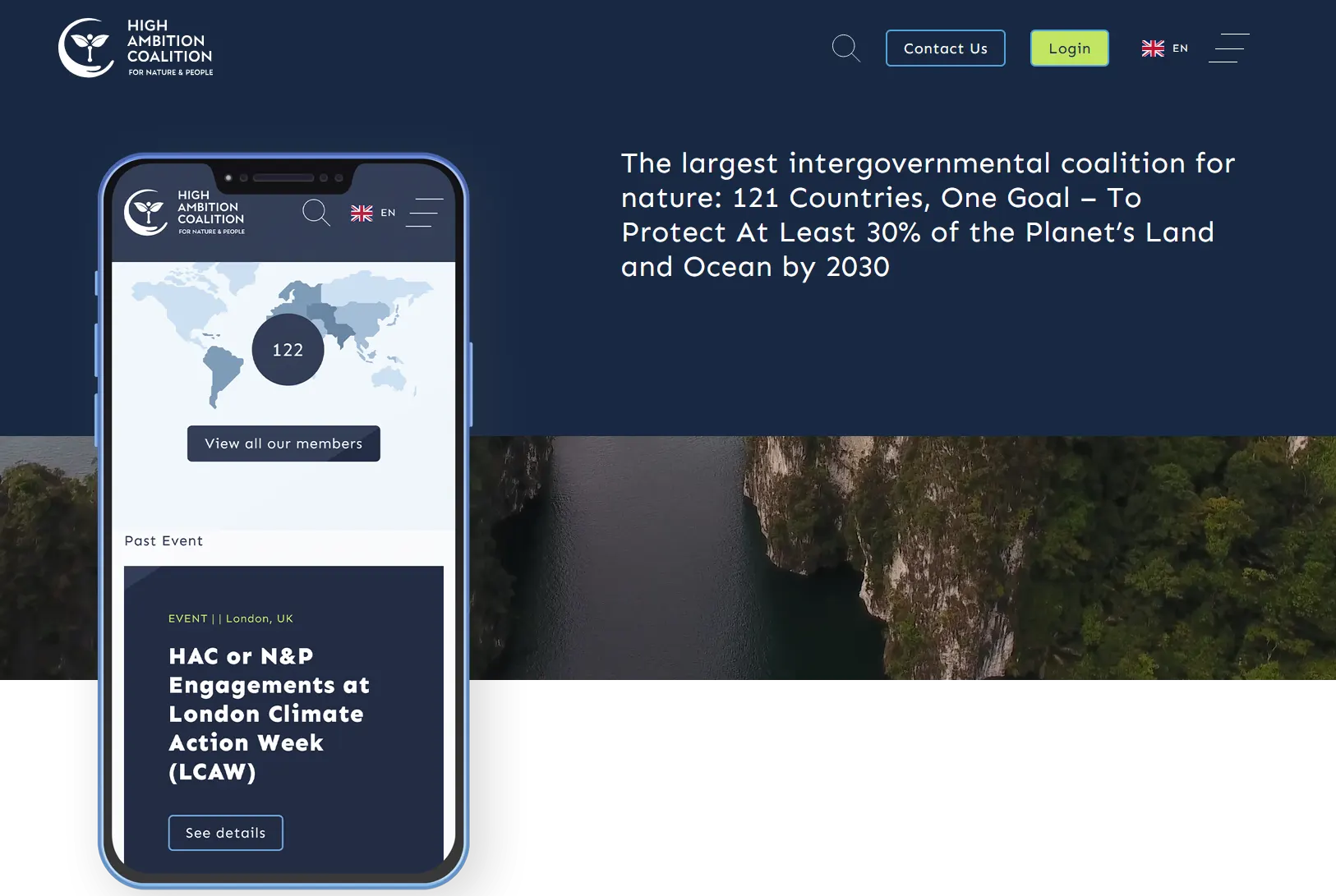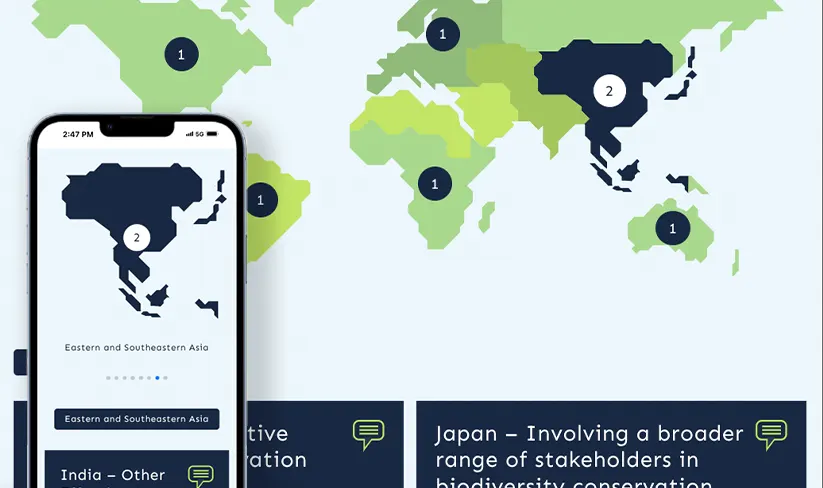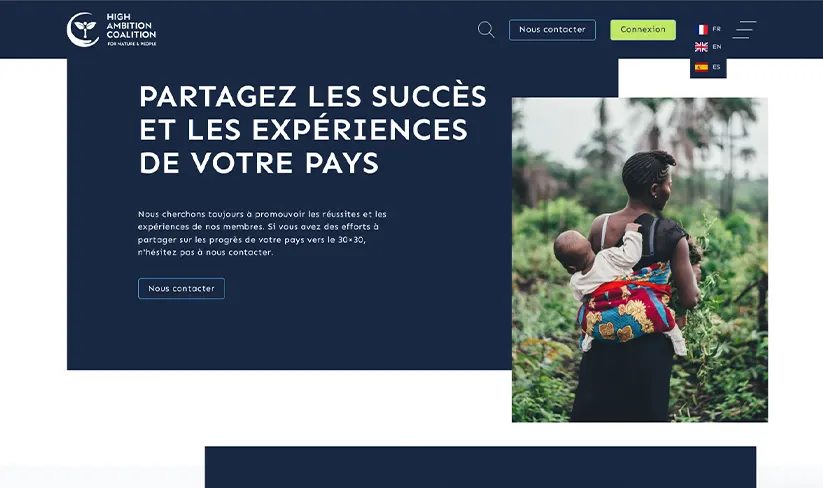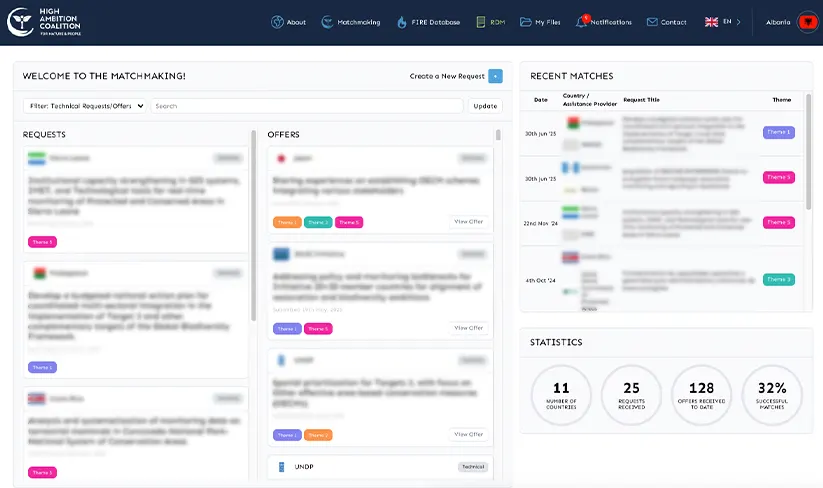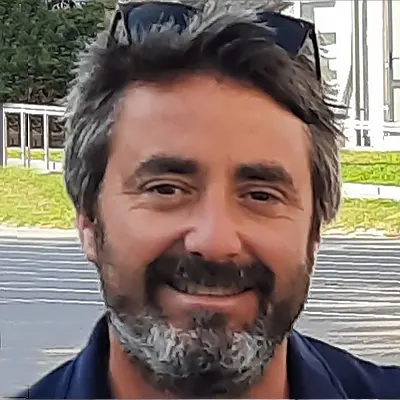Building a Scalable Platform for HAC for Nature & Planet
A secure, multilingual digital hub rebuilt from the ground up to enable global collaboration, decentralised storytelling, and sustainable impact across 120+ nations.
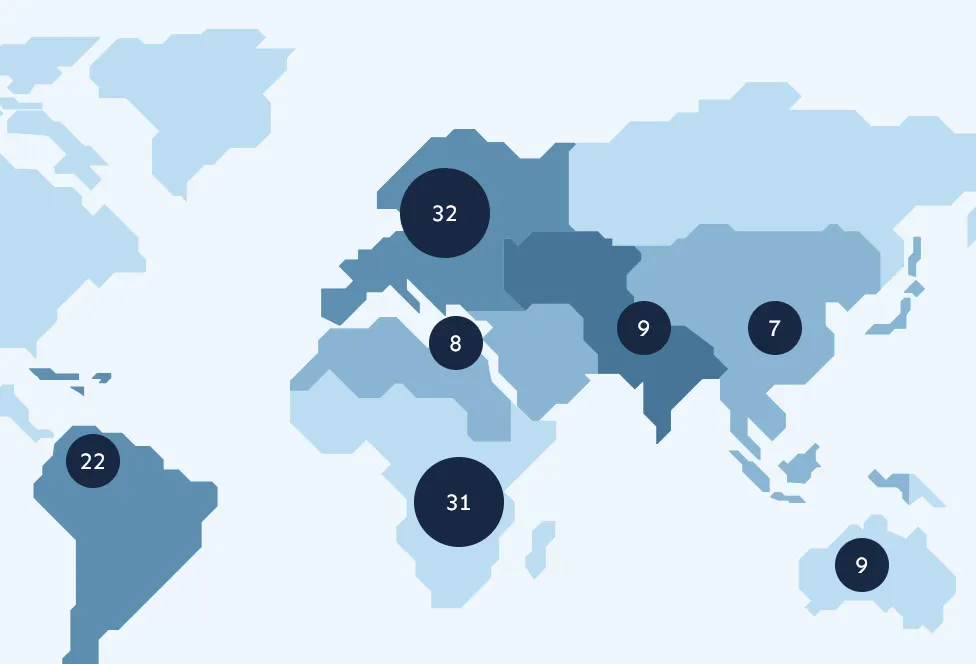
challenges
We conducted a full technical audit and rewrote the platform’s core architecture from scratch using clean, modular code. Security was prioritised from the ground up:
- 01Security Vulnerabilities and Poor Code Quality
- The original HAC website and matchmaking platform had been built with minimal code standards, making it prone to security threats, data integrity issues, and unexpected downtimes. Sensitive user information and contact data were at risk due to lack of role-based access control and outdated libraries. A full audit revealed that much of the legacy codebase was not reusable and lacked modularity, making even minor updates risky and labour-intensive.
- 02Disconnected Front-End and Admin Systems
- A major structural limitation of the HAC platform was that content displayed on the public-facing site could be managed from the admin dashboard with extreme difficulty due to lack of structure. For example, updates to member information, regional success stories, or press releases had to be manually repeated in different areas of the site leading to inconsistency, duplication, and high admin workload.
- 03Lack of Functionality and Mobile Support in User Interface
- The existing HAC front-end lacked essential features such as smart filtering, interactive elements, and language toggling. Furthermore, the platform was not mobile responsive—disqualifying it from practical use in fieldwork, diplomatic visits, or travel contexts.
- 04Fragmented Navigation and Unintuitive User Experience
- Information across the HAC site was siloed, hard to locate, and inconsistently labelled—resulting in a poor visitor journey and disengagement.
- 05No Search Functionality, Inconsistent Navigation, and UI Confusion
- The original HAC website lacked a global search tool, making it difficult for users to locate relevant resources, country profiles, or funding opportunities. Navigation elements were inconsistent across pages and failed to follow a coherent structure—particularly problematic for first-time visitors or those using assistive technology. Visual and functional inconsistencies led to user drop-off and confusion.
- 06Content Editors Lacked Tools to Keep Information Up to Date
- The HAC team relied on developer support or complex workarounds to perform basic updates. Even changes to event listings or member counts required editing multiple content blocks or hardcoded elements, introducing human error and increasing administrative overhead. This led to outdated information being displayed across key areas of the site.
- 07No System for Multilingual Engagement or Automated Regional Storytelling
- As a global coalition, HAC needed to communicate effectively in multiple languages. However, their original website supported only English and lacked a scalable system for translation. Content duplication, inconsistent region naming, and lack of story categorisation meant that success stories from specific continents or countries were not easily surfaced to relevant audiences.
- 08Platform Limitations Restricted Collaboration and Stakeholder Engagement
- The core functionality of HAC’s matchmaking system was limited to static listings, with no communication layer or submission flexibility. Countries and providers were unable to engage in meaningful dialogue or co-create solutions through the platform itself. User roles were rigid, and feedback mechanisms were non-existent.

Let’s Talk!
Uncover how we can make your goals a reality!
